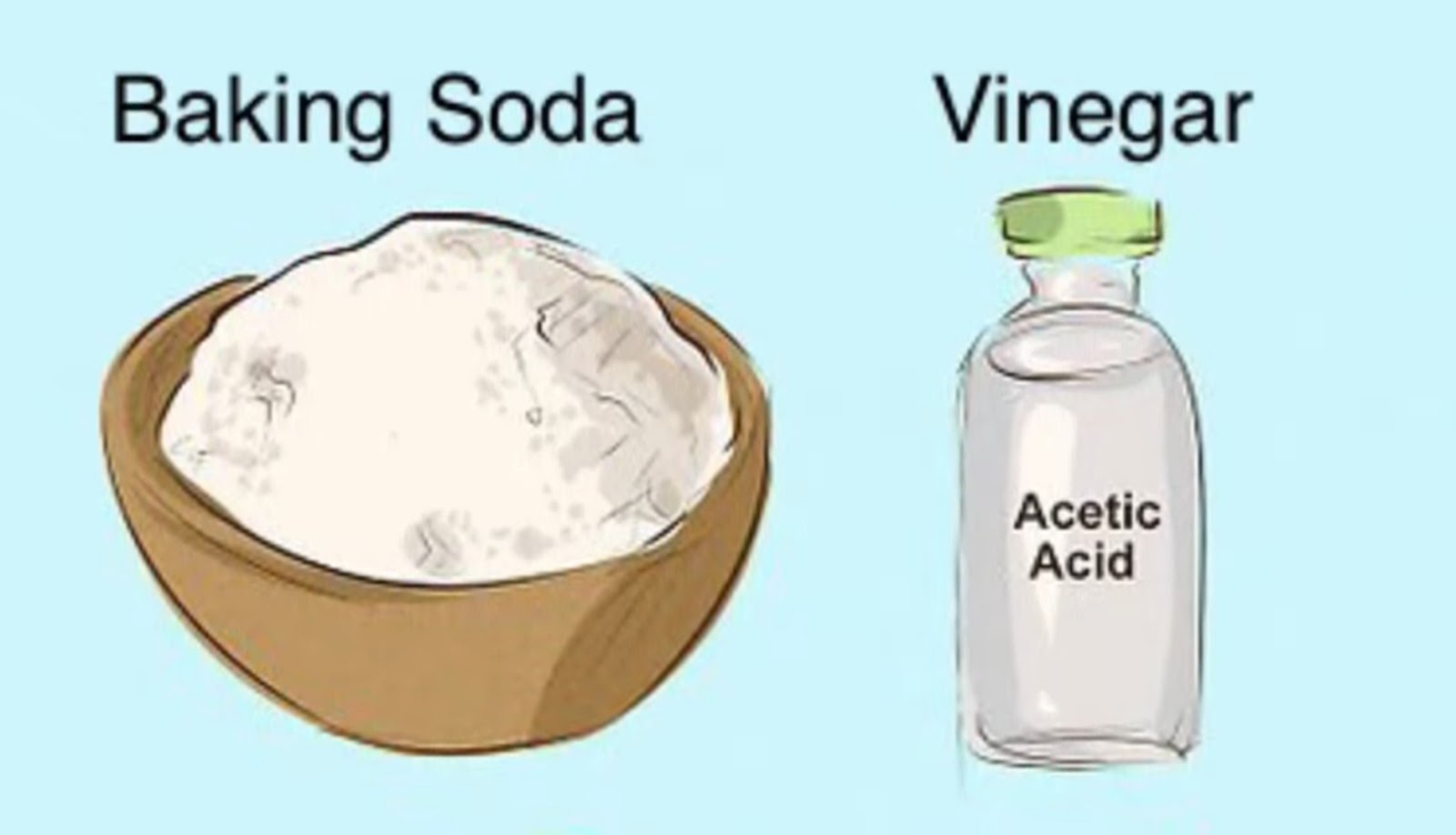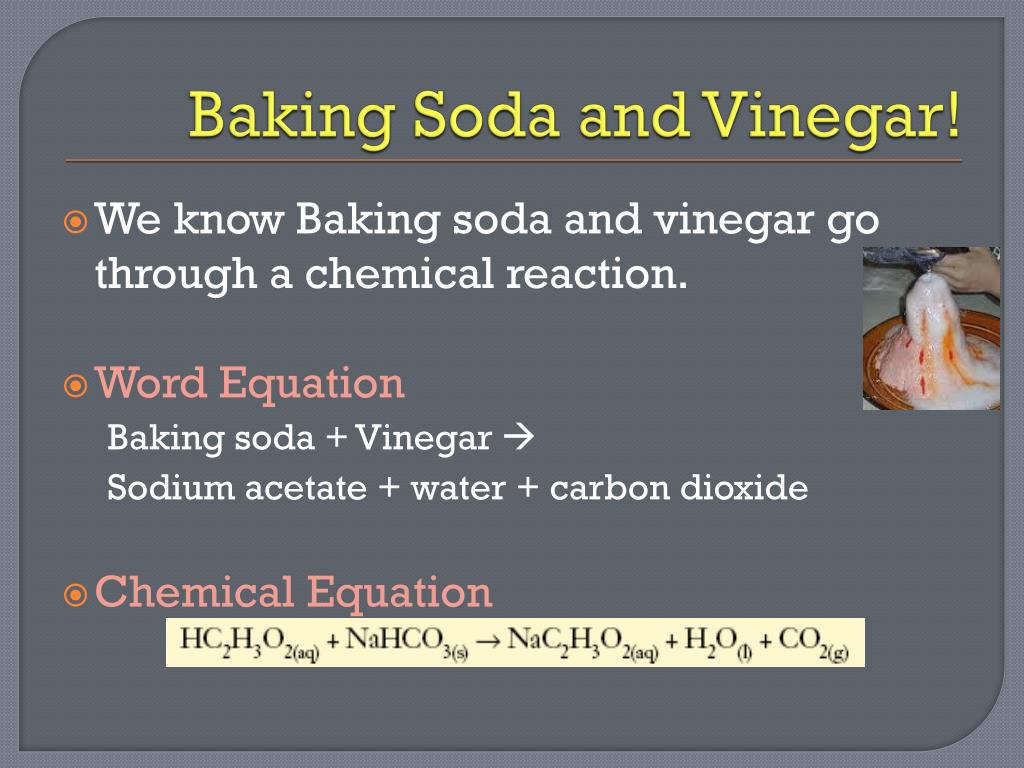
Light brown vs dark brown sugar impacts flavor and moisture. Selecting the right type elevates baked goods, adding nuanced sweetness and texture to your recipes.
Understanding the nuances between different types of brown sugar is crucial for baking success. The choice significantly influences the final product’s flavor, moisture content, and overall texture.
Mastering this distinction elevates the home baker’s capabilities, unlocking layers of flavor and ensuring consistent results. Recipes benefit from the precise sweetness and subtle molasses notes each variety imparts.
The difference stems from varying molasses content retained during the refining process. This molasses not only adds flavor but also contributes hygroscopic properties, affecting how moisture binds within the final product.
For everyday cooking, knowing when to use light versus dark brown sugar provides control over the depth of flavor and chewiness. Light brown sugar lends a delicate sweetness, while its darker counterpart delivers a richer, more intense profile.
Some bakers believe substituting one for the other yields negligible changes, but the impact is noticeable, particularly in delicate recipes. Experimenting with ratios can lead to unique and tailored flavor profiles.
The following guide delves into the specific characteristics of each type, exploring their ideal applications and unlocking the secrets to maximizing flavor in every bake.
Molasses content
Molasses content serves as the defining factor distinguishing light from dark brown sugar. Its the golden thread weaving together flavor, moisture, and color in these essential baking ingredients.
-
Production Process
Brown sugar is created by adding molasses back into refined white sugar. The amount of molasses added determines whether the final product is light or dark. This simple process yields vastly different culinary results, impacting everything from cookies to glazes.
-
Flavor Profile
The more molasses, the richer and more intense the sugar’s flavor. Light brown sugar imparts a subtle caramel note, while dark brown sugar delivers a deep, almost rum-like complexity. This distinction influences the overall taste profile of baked goods, lending warmth and depth.
-
Moisture Retention
Molasses is hygroscopic, meaning it attracts and retains moisture. Dark brown sugar, with its higher molasses content, keeps baked goods softer and chewier. Light brown sugar contributes a more delicate crumb, but may lead to drier results if not balanced carefully.
-
Visual Appearance
The color deepens as molasses content increases. Light brown sugar has a pale golden hue, whereas dark brown sugar boasts a richer, almost chocolatey brown color. This visual cue can provide an immediate indication of the sugar’s flavor intensity.
Understanding how molasses influences brown sugar is key to mastering baking. Recognizing the impact of varying molasses levels allows cooks to precisely control flavor, texture, and moisture in their recipes.
Flavor intensity
Flavor intensity is where light and dark brown sugars truly diverge, offering bakers a spectrum of sweetness and depth to craft culinary masterpieces.
-
Subtle Caramel Undertones
Light brown sugar provides a delicate sweetness with faint caramel notes. Its flavor profile complements subtly flavored baked goods, enhancing without overpowering. Think of delicate sugar cookies or subtly spiced muffins, where the sugar acts as a gentle enhancer.
-
Rich Molasses Depth
Dark brown sugar boasts a robust, almost toffee-like flavor derived from its higher molasses content. This intensity lends itself to richer, more complex recipes. Consider gingerbread, barbecue sauces, or chewy chocolate chip cookies that benefit from a deep, warm sweetness.
-
Impact on Recipe Balance
The choice between light and dark brown sugar influences the overall balance of flavors. Dark brown sugar can add depth and complexity, but too much may overwhelm other delicate ingredients. Light brown sugar offers a gentler approach, ensuring harmonious blend of tastes.
-
Culinary Applications
Understanding the flavor intensity of each type allows for strategic ingredient selection. Recipes requiring subtle sweetness and a lighter crumb benefit from light brown sugar. Those demanding deep, robust flavors and a chewier texture thrive with dark brown sugar.
Ultimately, the choice hinges on desired flavor profile and recipe goals. By carefully considering the intensity each type imparts, bakers can orchestrate the perfect symphony of flavors in their culinary creations.
Moisture levels
The interplay between light and dark brown sugar and moisture levels significantly affects baking outcomes. Dark brown sugar, richer in molasses, acts as a humectant, drawing moisture into baked goods. This results in softer, chewier textures, prized in recipes like gingerbread or fudge brownies. In contrast, light brown sugar, with less molasses, contributes less moisture.
This difference in moisture retention directly influences the final texture of cookies, cakes, and other treats. For example, using dark brown sugar in chocolate chip cookies yields a softer, chewier center, while light brown sugar results in a crisper cookie. Understanding this connection allows bakers to fine-tune recipes for optimal results. Recipes calling for a dense, moist crumb, such as coffee cakes or spice cakes, benefit from the inclusion of dark brown sugar.
Careful consideration of moisture is essential when substituting one type for another. The baker must balance the dry and wet ingredients. This will ensure the final product retains its intended texture and quality. The understanding of the impact on the moisture contribute to enhanced results and elevate baking proficiency. This is why it’s important to know the right ingredients with the desired result.
Tip Metadata
- Category: Ingredient Substitutions
Time & Effort
- Estimated Time: 2 minutes
- Skill Level: Beginner
- Impact: Enhances flavor complexity and improves texture in baked goods.
Tools or Materials Needed
- Light Brown Sugar
- Dark Brown Sugar
- Measuring spoons or cups
- The recipe being followed
Step-by-Step Guide
- Step 1: Assess the Recipe Read the recipe carefully, paying close attention to the intended flavor profile and desired texture. Decide if a subtle sweetness or deep molasses flavor is more appropriate.
- Step 2: Consider the Desired Texture Determine whether a chewy or crisp outcome is preferred. Remember that dark brown sugar promotes chewiness due to its higher moisture content, while light brown sugar contributes to a more delicate crumb.
- Step 3: Substitute Accordingly If the recipe calls for brown sugar and the specific type is not mentioned, consider the other ingredients. For recipes with rich flavors (chocolate, spices), dark brown sugar often enhances the overall experience. For lighter flavors (vanilla, lemon), light brown sugar may be a better choice.
- Step 4: Precise Measurement Measure the chosen brown sugar carefully, packing it firmly into the measuring cup or spoon to ensure accurate proportions. Proper measurement is crucial for consistent results, regardless of the type.
- Step 5: Integration into Recipe Incorporate the selected sugar according to the recipe’s instructions. Observe how the sugar interacts with other ingredients during mixing and baking. This provides insights into future adjustments.
A common mistake is assuming that all brown sugars are interchangeable. Substituting dark brown sugar for light can result in an overly intense flavor and a significantly chewier texture. Conversely, using light brown sugar in place of dark may lead to a less pronounced flavor and drier texture. Experimentation is encouraged, but starting with small adjustments is prudent. Another variation involves combining both types of brown sugar to create nuanced flavors.
Pro Tip or Variation
For a deeper molasses flavor, consider adding a tablespoon of molasses to each cup of light brown sugar when a recipe specifically calls for dark brown sugar and it’s unavailable. This allows for a reasonable approximation of the darker variety’s flavor profile.
Best Practices & Expert Tips
- Proper Storage is Crucial Brown sugar should be stored in an airtight container to prevent it from drying out and hardening. A piece of bread or a marshmallow can be added to maintain moisture.
- Pack Firmly When Measuring Always pack brown sugar firmly into measuring cups or spoons to ensure accurate proportions. This yields consistent results across batches.
- Consider Molasses Flavor Profile Choose light brown sugar for subtle sweetness, and dark brown sugar for a richer, more intense molasses flavor. Match the sugar to the desired flavor profile of the recipe.
- Adjust Liquid Ingredients Accordingly When substituting dark brown sugar for light, slightly reduce other liquid ingredients. This accounts for the higher moisture content of dark brown sugar.
- Soften Hardened Sugar with Moisture If brown sugar hardens, microwave it with a damp paper towel for short intervals until softened. Alternatively, seal it in a bag with a slice of apple.
Variations & Common Mistakes
- Turbinado Sugar Substitution Turbinado sugar offers a slightly coarser texture and milder sweetness. Its a suitable substitute when a less intense brown sugar flavor is desired.
- Muscovado Sugar Alternative Muscovado sugar, an unrefined brown sugar, provides an even deeper molasses flavor than dark brown sugar. It imparts a very moist and sticky texture.
- Substituting White Sugar Unmodified Replacing brown sugar with white sugar without adjusting other ingredients results in a drier, less flavorful product. Molasses needs to be added for similar flavor and texture.
- Incorrect Measurement Techniques Scooping brown sugar loosely into measuring cups leads to inaccurate proportions. It’s necessary to pack and level for correct measurement and reliable outcomes.
- Overmixing After Sugar Addition Overmixing batter after adding brown sugar can develop excess gluten, resulting in a tough texture. Mix until just combined for a tender crumb.
Unlock Flavorful Baking with Brown Sugar
Understanding the difference between light and dark brown sugar is more than just a baking tipit’s a pathway to richer, more flavorful creations. You’ll find your baked goods elevated with just a simple ingredient choice.
This knowledge empowers you to experiment with textures and tastes, whether you’re crafting delicate cookies or hearty gingerbread. The subtleties of molasses content and flavor intensity open a world of culinary possibilities for every level of home chef.
So go ahead, try incorporating these insights into your favorite recipes. Share your own discoveries, variations, or successful bakes with us. We’d love to hear how youre using brown sugar to create magic in your kitchen.
Happy baking, and may your time in the kitchen always be filled with delicious discoveries!
Images References :
Image used for illustration purposes only. All rights belong to their respective owners.


